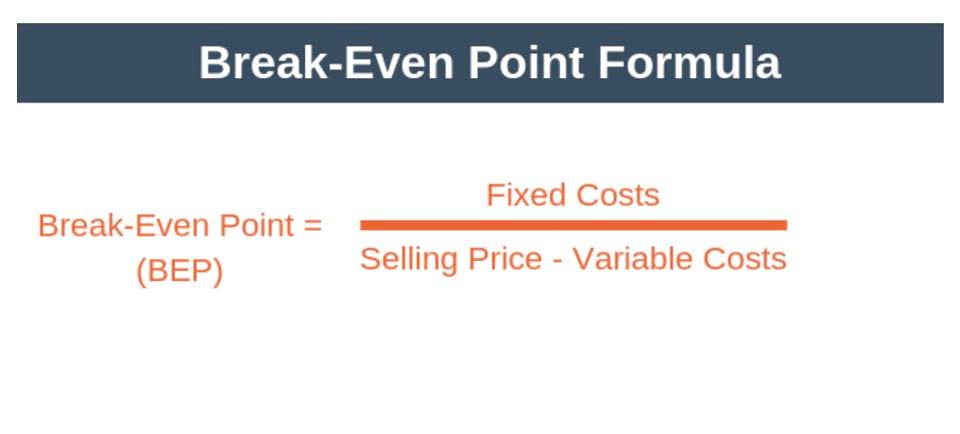
Otherwise, the company’s profit picture for that year could look unrealistically bleak. In addition, the Internal Revenue Service (IRS) requires that certain assets be depreciated over time in order to be eligible for a tax deduction. In simple terms, it represents expenditures to enhance adjusting entries a company’s operational efficiency or expand its productive capacity. These investments are essential for long-term growth and profitability. Capital expenditures (CapEx) are costs incurred to acquire or improve fixed assets that benefit the company over the long term.
Q. How does CapEx impact financial statements?
CapEx is calculated as the change in property, plant, and equipment (PP&E) plus the current period depreciation expense. The current period depreciation expense appears as a line item on the income statement. The reduction in the cash balance of an entity is reflected in the balance sheet at the end of the taxable year.

What Are Capital Expenditures – CapEx?

This expense is not just about spending—it is an investment to attract customers and boost sales. Non-operating expenses are costs that do not arise from a business’s core activities. These might include loan interest, currency exchange losses, or one-time legal settlements. Capital expenditures are recorded as assets, not immediate expenses.They are classified as fixed assets and their expense is allocated over law firm chart of accounts the asset’s useful life via depreciation. Operating expenses (OPEX) include day-to-day costs such as salaries, utilities, and maintenance, while CAPEX is specifically designated for capital assets.
- Capital expenditures can help improve a company’s operational efficiency and productivity and increase its revenue in the long term.
- To confirm, we can see that depreciation and total capex were both $2.0m in Year 5.
- You’ll see how other members are doing it, share charts, share ideas and gain knowledge.
- Allocating budgets to various opportunities while making sure that they offer the highest ROI can be quite challenging for stakeholders.
- You’ll simply need to select the correct prior period balance sheet that represents the company’s position at that time.
- It helps in evaluating the efficiency of capital allocation, assessing the impact on the company’s asset base, and understanding the overall investment trends over time.
Best Expense Management Software in 2024 UPDATED

Since the new equipment is a fixed asset, its depreciated value is Rs. 10,00,000. Any amount below this limit, purchases are generally categorized as expenses instead. Companies set capitalization limits to stop wasting time tracking assets with little value, like computer keyboards, tablets, or e-readers.
- By subtracting the beginning PPE from the ending PPE, you can determine the net change in asset value.
- The purpose of this type of expenditure is to expand the scope of a company’s operations or to add some future economic benefit.
- The balance sheet provides a snapshot of a company’s assets, liabilities, and shareholder’s equity at a specific point in time.
- When raw materials are used for the manufacturing or production of capital assets, they are included in capital expenses.
- However, nothing is a given in the business world and every investment comes with a risk.
- It must be formally approved at an annual shareholders’ meeting or a board of directors meeting.
How Are Expenses Recorded?
These expenses are essential to business continuity but do not directly contribute to long-term asset building. Understanding the different types of operating expenses is critical for tracking expenditures, setting functional budgets, and preparing financial reports. CapEx can be found in the cash flow from investing activities in a company’s cash flow statement. The amount of capital expenditures a company is likely to have depends on the industry it occupies.
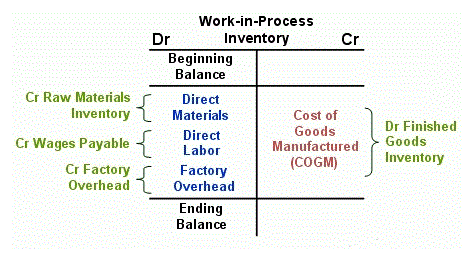
Capital expenditure, often abbreviated as “Capex,” describes the funds spent by a company to acquire, upgrade, and maintain physical fixed assets, such as property, buildings, and equipment. When managing and assessing a company’s assets and expenses, it is very important to monitor Capex and depreciation. When capital expenditures are used over some time, they are depreciated. Depreciation is an accounting technique that allows companies to spread the cost of a fixed asset over its useful life, rather than expensing the entire amount in the year it was purchased.
What Is a Good Capital Expenditures?
To calculate capital expenditure (Capex), subtract the current period PP&E from the prior period PP&E and then add depreciation. Capital Expenditure (Capex) refers to a company’s long-term investments in fixed assets (PP&E) to facilitate growth in the foreseeable future. Capex definition refers to long-term investments in assets that provide value over time, such as purchasing PP&E or upgrading existing assets. Operational expenditure, on the other hand, encompasses the ongoing expenses necessary for running a business, including salaries, utilities, and maintenance. Cash expenditure plays a crucial role in budgeting and financial planning. By monitoring and analyzing cash outflows, businesses can develop realistic capital expenses meaning budgets and forecast future cash requirements.
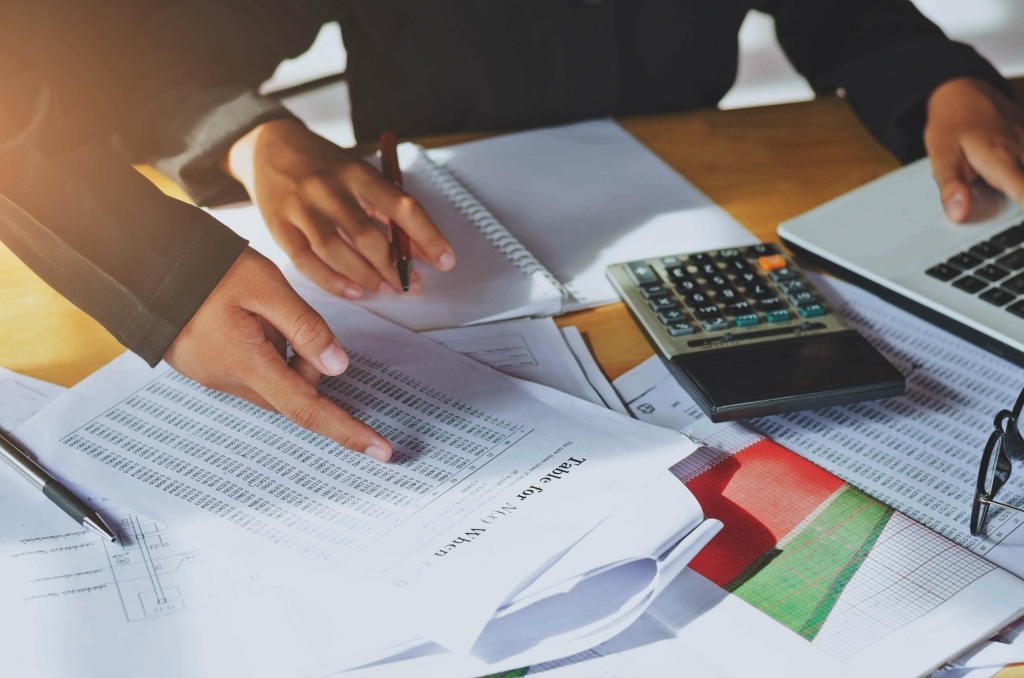
They enable the production and manufacturing of the business’ main offerings and facilitate the overall functioning of the business. If the formula is rearranged to solve for capital expenditure (Capex), the value of a company’s capex for a given period can be determined. Begin by outlining the proposed investments, their objectives, and expected outcomes.
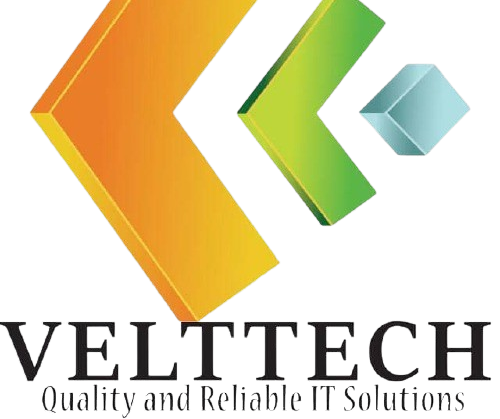
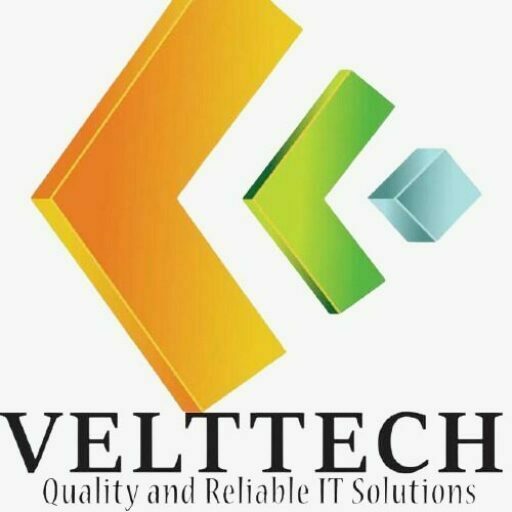
No responses yet